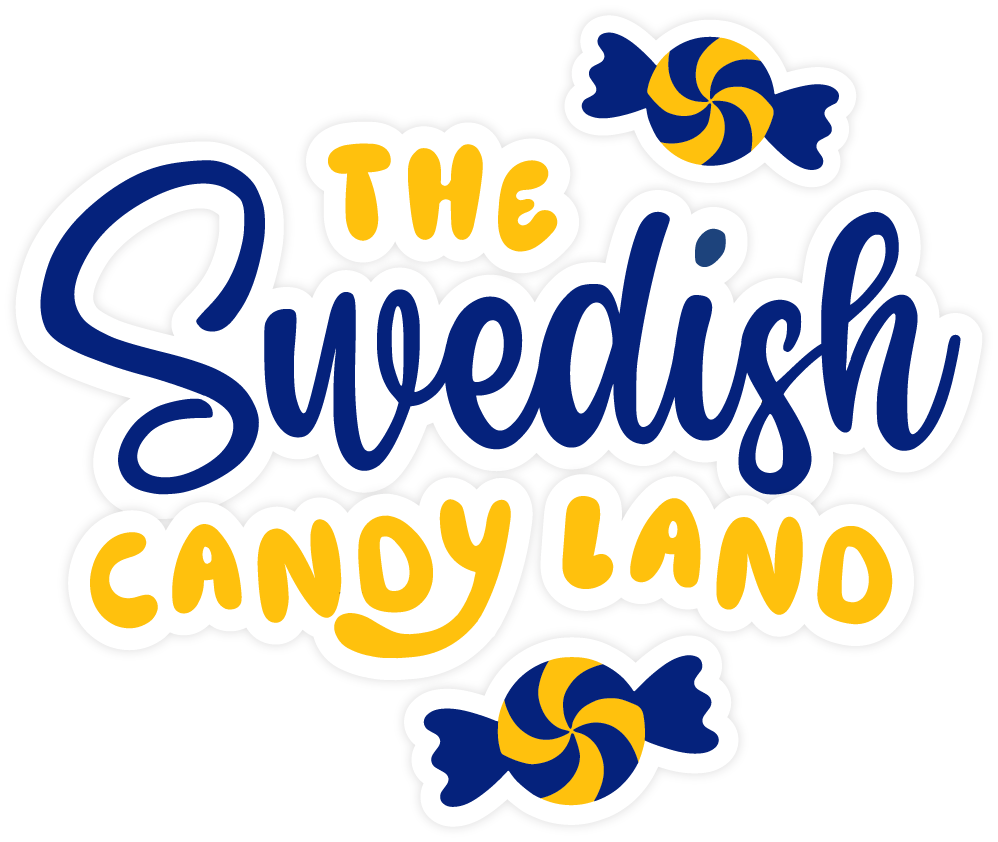When you think of Scandinavia, you might picture stunning fjords, the Northern Lights, or cozy winter scenes. Yet, tucked away within this picturesque region is a delightful secret: Nordic candy . Renowned for its unique flavors and textures, Scandinavian sweets offer a true journey for your taste buds. Let’s dive into what makes them so special.
A Sweet History
The Nordic countries—Sweden, Norway, Denmark, Finland, and Iceland—have a long tradition of candy-making that dates back to the early 19th century.
Once a luxury – Candy was originally reserved for special occasions.
Now a staple – Over time, sweets became more accessible and are now a part of everyday life.
Saturday tradition – In Sweden, “ lördagsgodis ” (Saturday candy) encourages families to share sweets together, creating cherished memories.
Popular Types of Nordic Candy
Licorice
Licorice holds a special place in Nordic hearts. Unlike the sweeter versions found elsewhere, Nordic licorice often has a strong, salty taste due to ammonium chloride. It’s bold, surprising, and unforgettable—an acquired taste that many grow to love.
Gummies
Chewy, colorful, and fun— gummies are a favorite across the region. While you’ll find familiar shapes like bears and worms, Nordic gummies also feature flavors from local fruits such as lingonberry and cloudberry , adding a regional twist.
Chocolate
Nordic chocolate is rich, creamy, and often made with locally sourced ingredients. Brands like Marabou (Sweden) and Fazer (Finland) have become household names, offering bars, pralines, and creative flavor combinations beloved worldwide.
Unique Ingredients That Stand Out
Lingonberries & Cloudberries – Tart yet sweet, these native berries bring freshness and distinct flavor to candies.
Ammonium Chloride – The key to salty licorice’s signature kick, making it one of the most iconic Nordic candy experiences.
Candy in Nordic Culture
Candy isn’t just a snack—it’s a cultural tradition.
Family bonding – “Lördagsgodis” turns Saturdays into sweet family rituals.
Festivals & holidays – Special treats mark seasonal celebrations. At Christmas, Juleskum (marshmallow Santas) are everywhere, while at Easter, children look forward to colorful candy-filled eggs.
Iconic Nordic Candy Brands
Marabou (Sweden) – Known for smooth, creamy chocolate bars in iconic yellow packaging.
Fazer (Finland) – Famous for high-quality chocolates, licorice, and pastilles in their signature blue branding.
Haribo – While German, Haribo gummies are wildly popular in the Nordics, often featuring fruit flavors that resonate locally.
Where to Find Nordic Candy
- In the Nordics – Local shops, supermarkets, and candy stores carry an incredible variety.
- Worldwide – Specialty online retailers make it easy to enjoy Scandinavian sweets no matter where you are.
Final Bite
Nordic candy is more than just sugar—it’s a reflection of culture, history, and tradition. From the bold saltiness of licorice to the bright sweetness of berries, there’s something for everyone to enjoy. Whether you’re a lifelong candy lover or a curious newcomer, the sweet world of Nordic candy is waiting to be discovered.
What is Nordic candy?
Nordic candy refers to sweets from Scandinavian countries such as Sweden, Norway, Denmark, Finland, and Iceland. They’re known for unique flavors like salty licorice, fruity gummies, and creamy chocolate.
Why is Nordic licorice salty?
Unlike traditional sweet licorice, Nordic licorice often contains ammonium chloride, which gives it a bold, salty flavor. It’s a distinctive taste that many Scandinavians grow up loving.
Is Nordic candy healthier than other candy?
While still a treat, many Nordic candies use natural flavors, real fruit extracts, and less artificial coloring compared to some international sweets. However, like all candy, they should be enjoyed in moderation.



